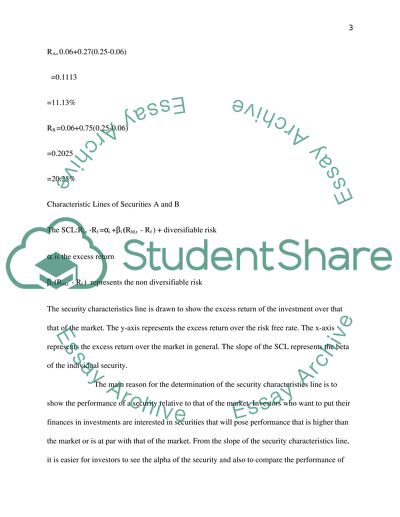Cite this document
(“Risk and Return Assignment Example | Topics and Well Written Essays - 2000 words”, n.d.)
Retrieved from https://studentshare.org/macro-microeconomics/1439339-risk-and-return-capam
Retrieved from https://studentshare.org/macro-microeconomics/1439339-risk-and-return-capam
(Risk and Return Assignment Example | Topics and Well Written Essays - 2000 Words)
https://studentshare.org/macro-microeconomics/1439339-risk-and-return-capam.
https://studentshare.org/macro-microeconomics/1439339-risk-and-return-capam.
“Risk and Return Assignment Example | Topics and Well Written Essays - 2000 Words”, n.d. https://studentshare.org/macro-microeconomics/1439339-risk-and-return-capam.


